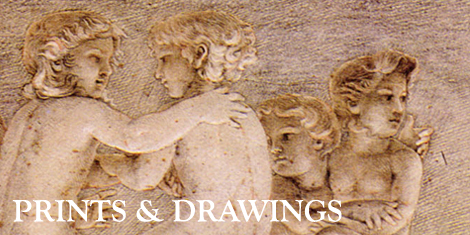
JAKOB IGNAZ HITTORFF
Jakob Ignaz Hittorff, born in Cologne on 20 August 1792, was the scion of a family of craftsmen that had been settled in the city for generations. At an early age his family had determined that he should become an architect, and he was trained accordingly. In 1810 Hittorff went to Paris, where he enrolled at the École des Beaux-Arts. He carried out his first architectural projects as an assistant to François-Joseph Bélanger, after whose death he spent the years from 1820 to 1824 on study trips to England and Germany. In Italy, he undertook archaeological research and took an interest in the coloration of classical architecture. Back in Paris, he married the daughter of the well-known Parisian architect Jean-Baptiste Lepère.
In 1833 Hittorff made his first sketches for a re-design of the Place de la Concorde, and the following year he was appointed architect for the Champs-Élysées. At the same time he devoted himself to other construction plans, such as the church of St Vincent de Paul. In 1842 he became a French citizen. There followed further major projects, the last being the main façade and the iron frame construction of the Gare du Nord from 1861 to 1864. He died in Paris on 25 March 1867.
The Department of Drawings and Prints at the Wallraf-Richartz Museum & Fondation Corboud possesses Hitdorff’s artistic estate, consisting of more than 7,000 sheets, the largest collection of drawings by him.


